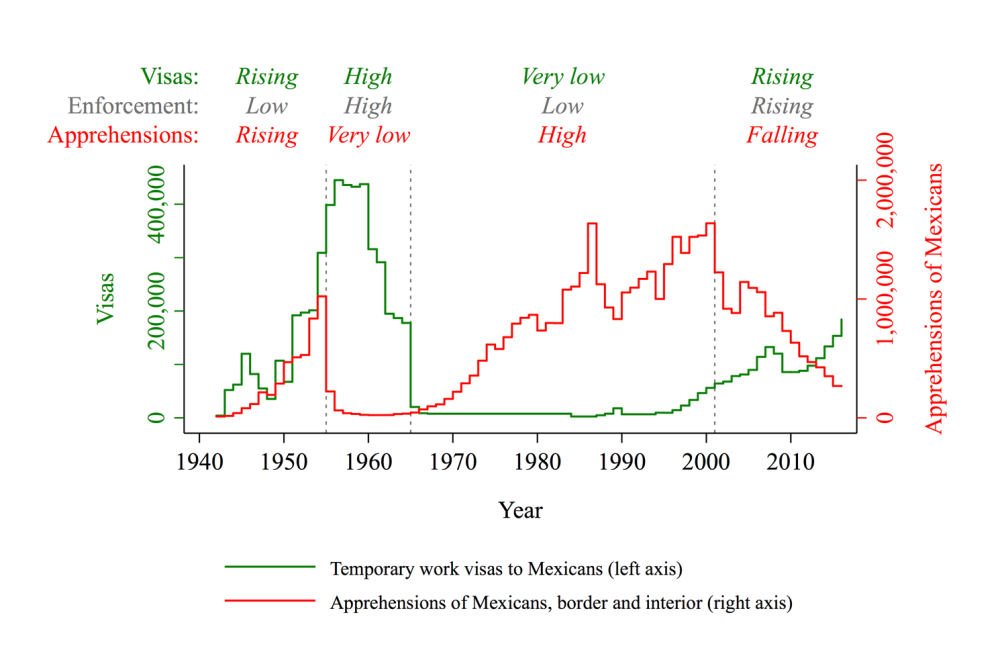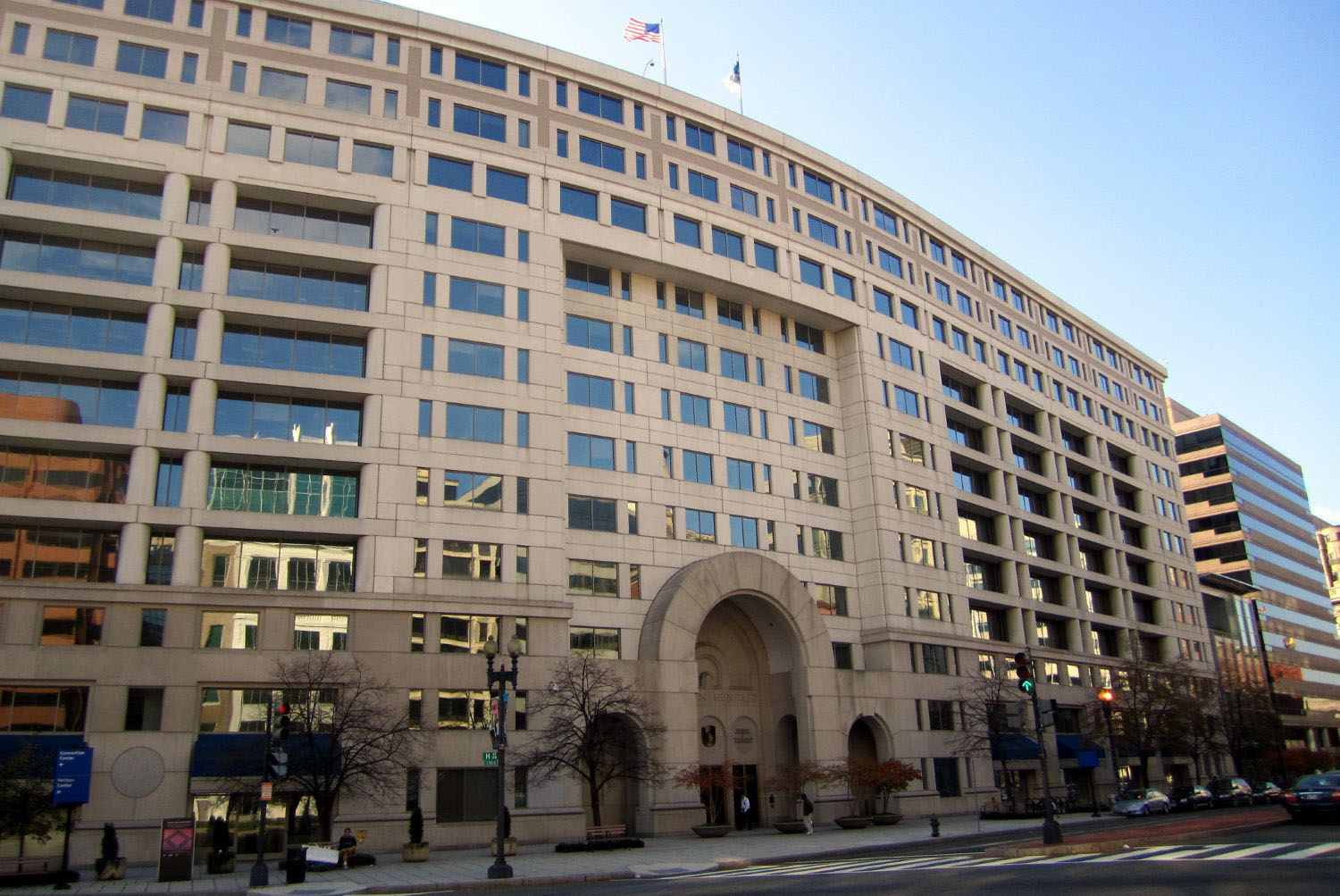Richer countries are under pressure to respond to and suppress high levels of irregular migration reaching their borders. One prominent recommendation is for richer countries to expand opportunities for lawful or regular migration. Suppose they do. Will more regular migration simply raise migration overall, or will it substitute for and reduce irregular migration?
The question underlies discussions around the Global Compact for Migration, a future international agreement on migration governance now being negotiated by United Nations Member States. Country delegations will gather in New York next week at UN Headquarters for the first round of intergovernmental negotiations.
Many governments around the negotiating table are caught in a dilemma. It is politically difficult to say “yes” to expanding channels for regular migration when they are currently dealing with large numbers of irregular migrants who have already arrived. But many understand that overwhelming demographic pressures make some future migration inevitable, and closing regular migration channels too tightly might actually exacerbate irregular migration in years to come.
Those governments have rightly asked for clear evidence that regular migration channels can help suppress irregular migration. There has been very little such evidence in the policy debate.
In a new policy brief, we review evidence from one historical episode in which regular migration channels did clearly substitute for and suppress irregular migration. This is the last 76 years of policy change at the US-Mexico border, scene of one of the largest bilateral migration flows on earth.
We find:
-
Lawful migration channels are often suggested as a tool to reduce unlawful migration, but often without much evidence that they work.
-
There is evidence that lawful channels for migration between Mexico and the United States have suppressed unlawful migration, but only when combined with robust enforcement efforts.
-
Massive demographic pressures for migration between Africa and Europe will continue to resemble past pressures between Mexico and United States. The evidence from the US suggests that regular migration channels could be one critical tool for Europe, alongside enforcement, to suppress irregular migration.
Here is a glimpse of how regular migration channels (green) have displaced irregular migration from Mexico (red) over time—primarily during periods of robust enforcement:
For the details, and more data, read the full brief.
CGD blog posts reflect the views of the authors, drawing on prior research and experience in their areas of expertise.
CGD is a nonpartisan, independent organization and does not take institutional positions.






